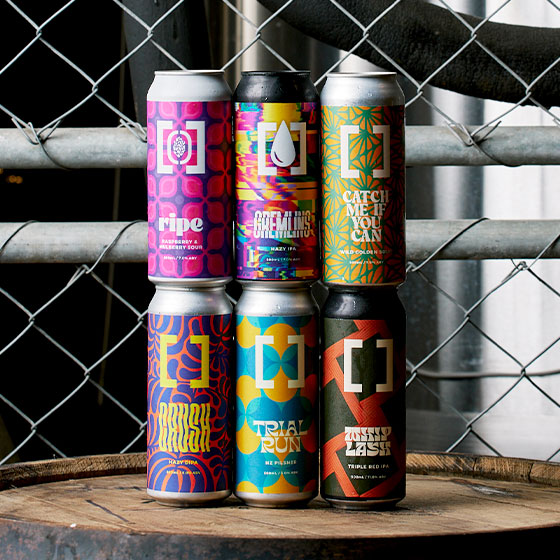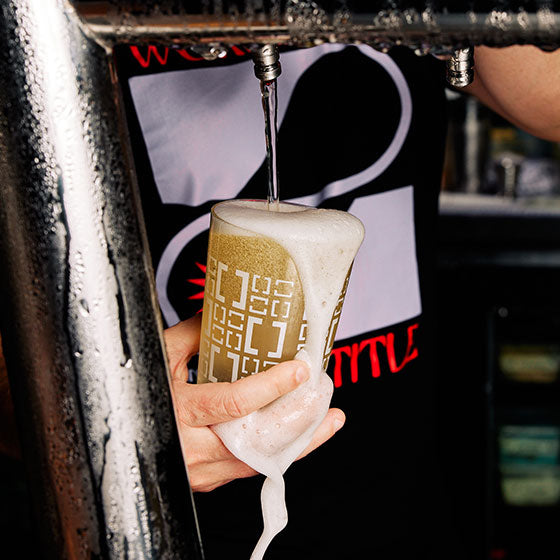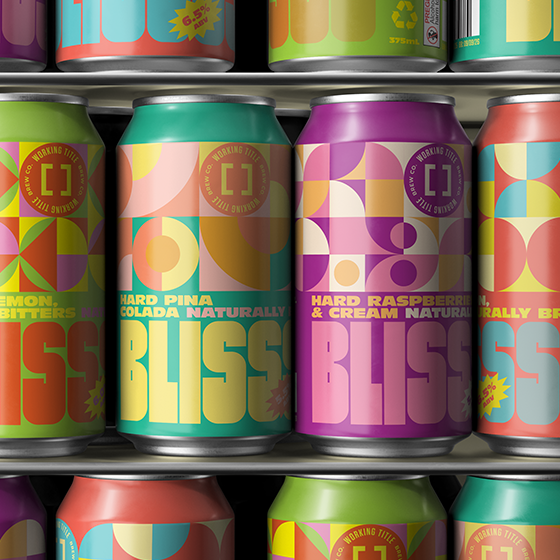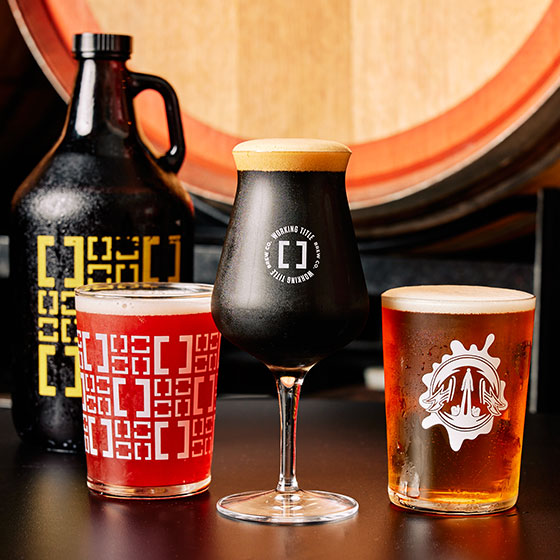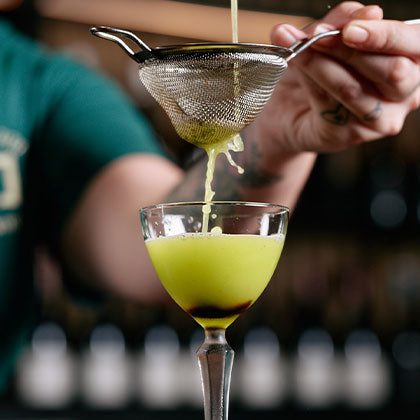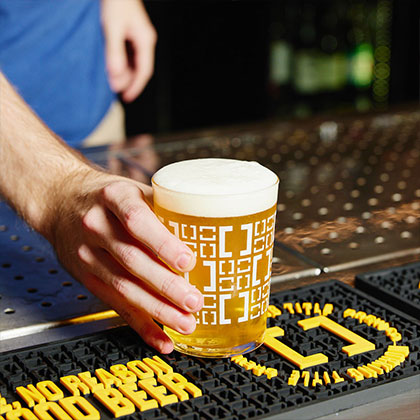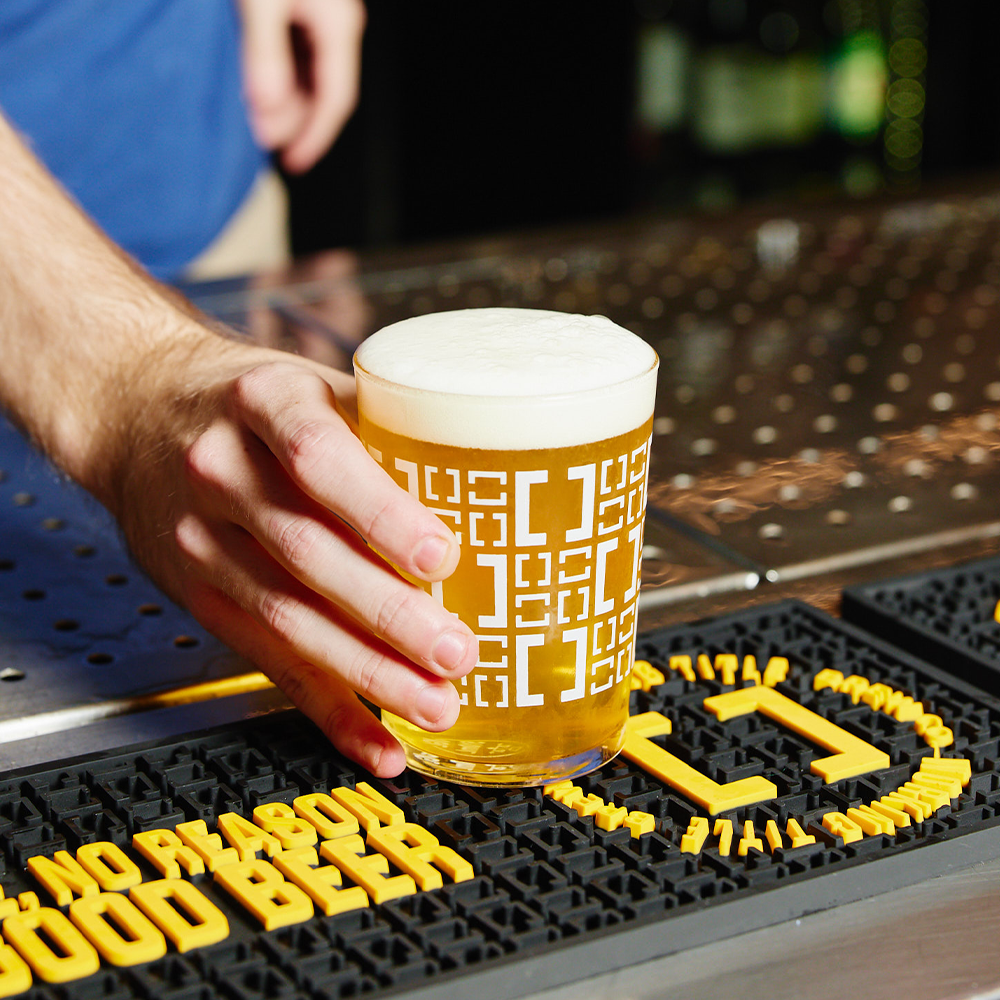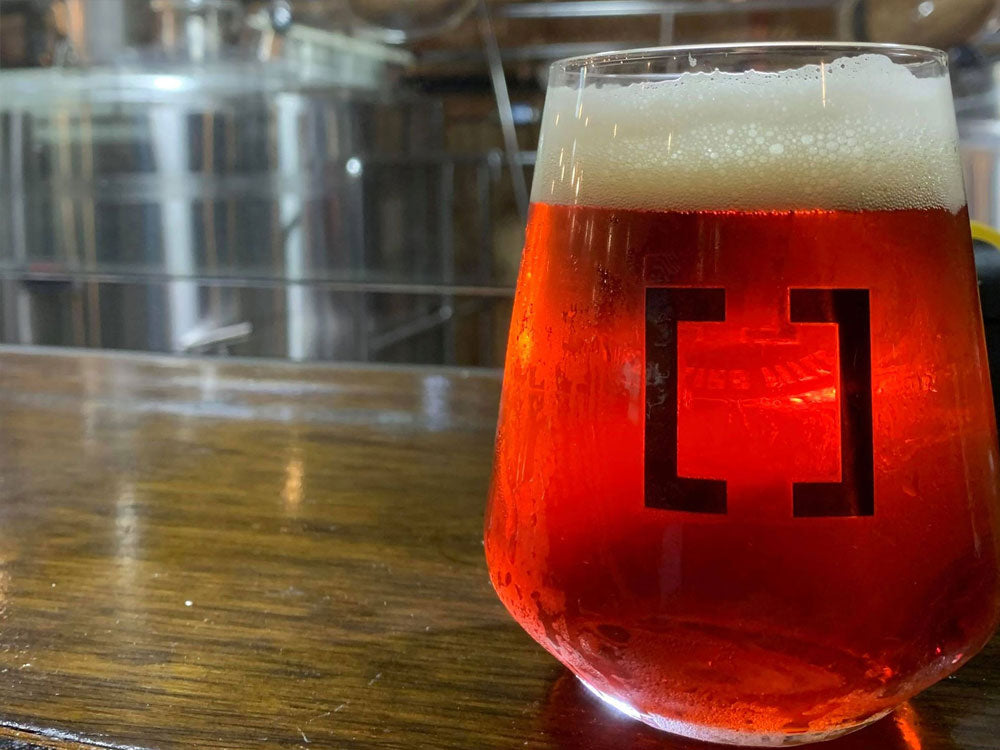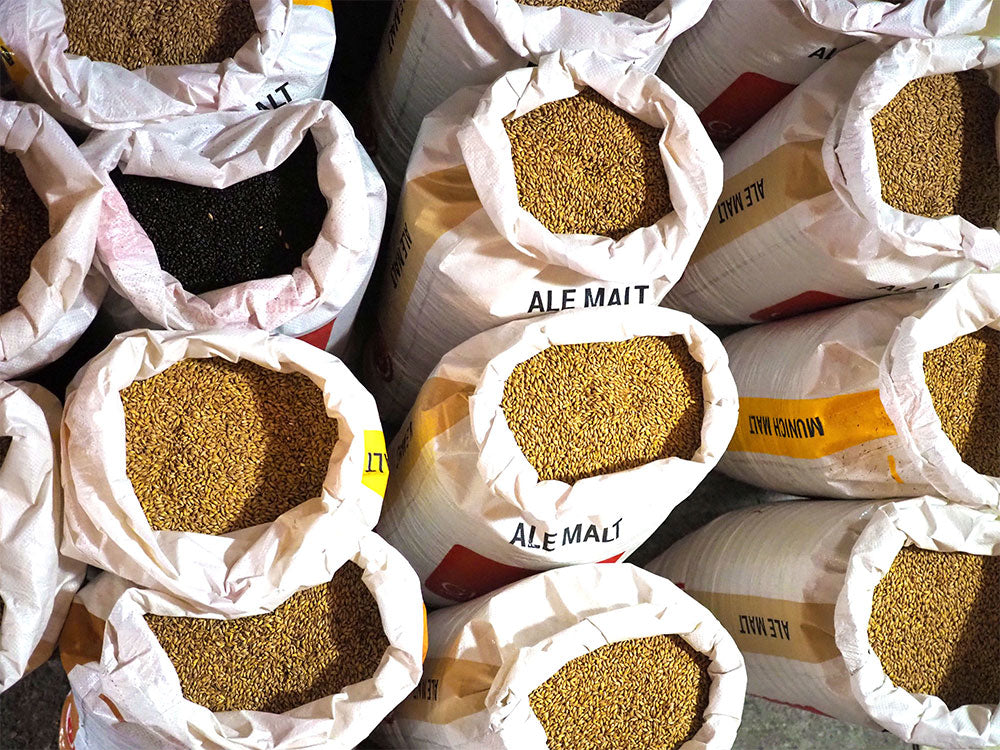Today we are talking HDHC or High Density Hop Charge. Developed by Otherhalf Brewing with some American hop bioengineers, HDHC is simply getting as much hop flavour in your beer with as little planty, polyphenol-laden leaf matter in the product.
As we all know, sometimes more is more. And this is certainly true with hops, up to a point. Beyond that precipice is a bitter, astringent, deplorable land of hop burn, where neck beards reign supreme. In an endeavour to get more flavour with less burn, hop developers have been seeking the holy grail of hop products.
Enter supercritical CO2 extraction of hop oils. Supercritical CO2 is a dual gas/liquid state of CO2, under pressure, which allows the solvent to move through the hops like a gas but extract the oils, like a liquid. It’s air free, non-toxic and very efficient at dissolving all the good bits of lupulin, without the planty gross parts. Supercritical CO2 extracta have been used in delicious IPAs for a few decades now.
The challenger to these extracts are T-45 pellets. Marketed as Cryo or LUPOMAX, T-45s are simply everyday hop pellets (aka T-90) that have been further milled and sieved at -35oC. Without the 55% weight of the original plant matter, T-45s are powerful, super concentrated pellets.
There is so much conjecture about extract quality and flavour, timing and temperature of adding these hop products. What seems to be consistent is that a combination of T-90, T-45 and CO2 extract, known as HDHC gives the broadest range of deliciousness with the least amount of burn.
For our first Hazy, we have gone with the HDHC combo, soaking the hops below 80oC following the boil. This hop stand allows the extraction of bio-transformative hop compounds and aroma without drastic alpha-acid isomerisation.
No doubt Luke’s face will tell us all whether we were successful in getting hop punch without burn.

